How to take better photos of your beer
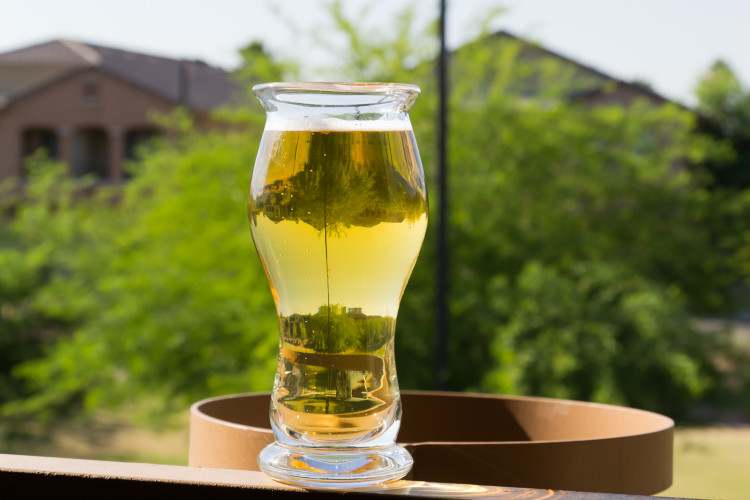
Kill the Flash
Please, for the love of good looking photos, turn off the flash. Flashes on most consumer cameras are nearly useless. Unless you absolutely can’t see anything in the photo without the flash, you’re better off without; it’s that simple. Photos of people and things almost always look better without the flash, and beer definitely falls in that category. Flash light reflects off the glass, and washes out the photo. Improve the ambient lighting if you need to, or find another location to shoot before you turn the flash on.
Read More
Brewing with Bertus
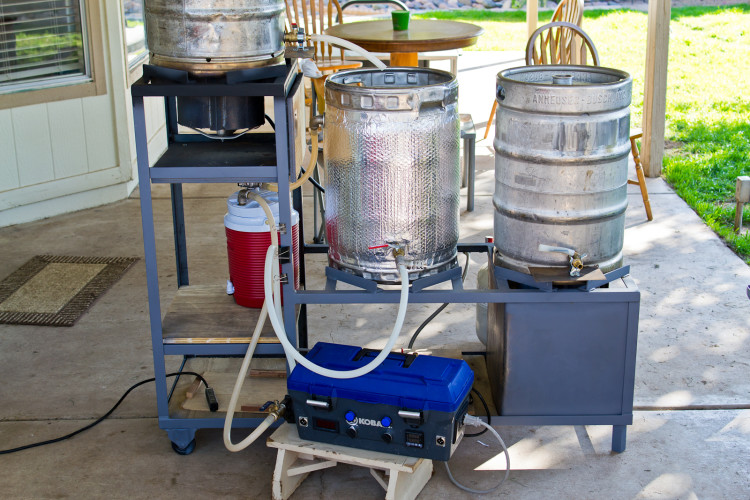
It’s probably about time that I post a walk through of my brew day. Today Greg and I are brewing my Furry Penguin DIPA.
Read More
Water Chemistry – How to Build Your Water
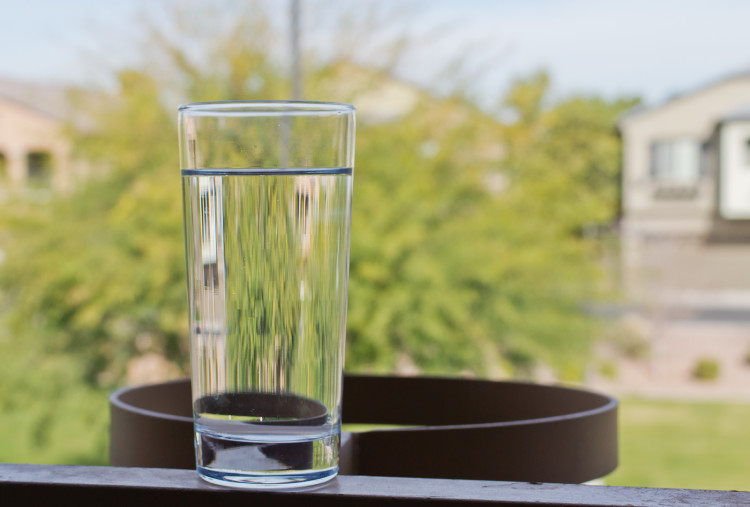
I’m sure you’ve heard it before: Beer is over 90% water. That little adage would lead you to believe that quality water is the most important factor in good beer. I won’t go that far, but quality water does help. Aside from temperature controlled fermentations, starting with reverse osmosis water and building back minerals has made the biggest difference in the quality and consistency of my brews. The best part is, it’s really not that difficult or confusing. It’s easier for me to do this in a Q&A format, so i’ll be asking my self questions =)
Read More
How to Fix and Prevent Chill Haze
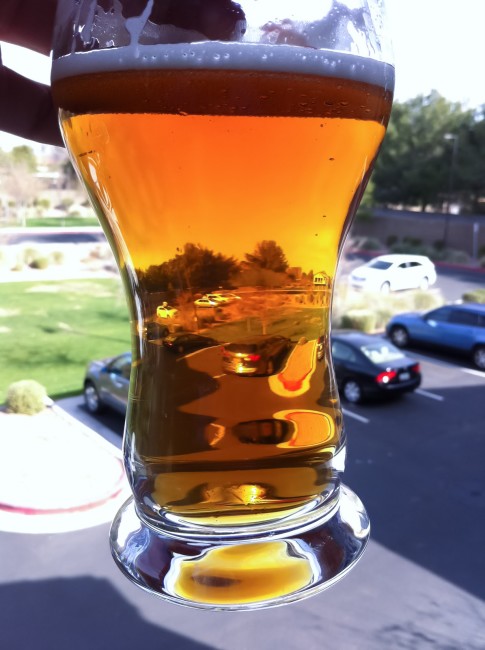
No one likes hazy beer. Other than styles like hefeweizens and wits that are supposed to be turbid, haze is a put-off to most people. Most haze in beer has no taste or flavor, but let’s face it, we drink with our eyes first. There’s nothing more inviting than a sparkling clear beer just begging to be drank. Unfortunately, without filtration, bright beer can be difficult to achieve for many home brewers, but I’m here to help.
Read More
DIY Tap Handles
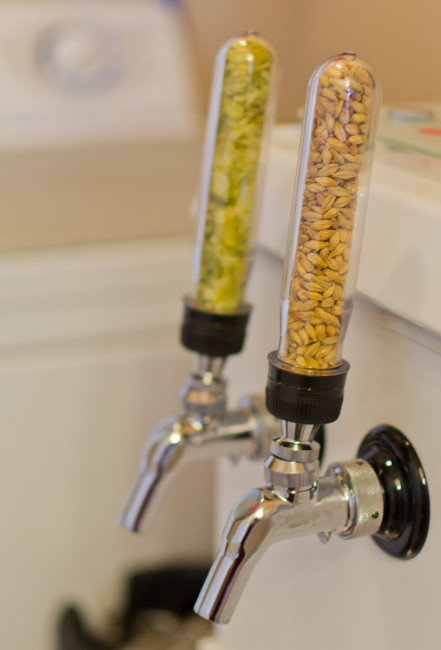
I love DIY projects, and I’ve really been wanting to make some tap handles for my kegerator. I was considering making some ones out of wood, or possibly buying some of the beautiful wooden, hand-turned handles, but I couldn’t really justify the price. Recently while cruising the web, I saw someone make tap handles from used White Labs yeast vials. Brilliant! So I stole the idea, and took some pictures of the process.
Read More
Fixing Esters
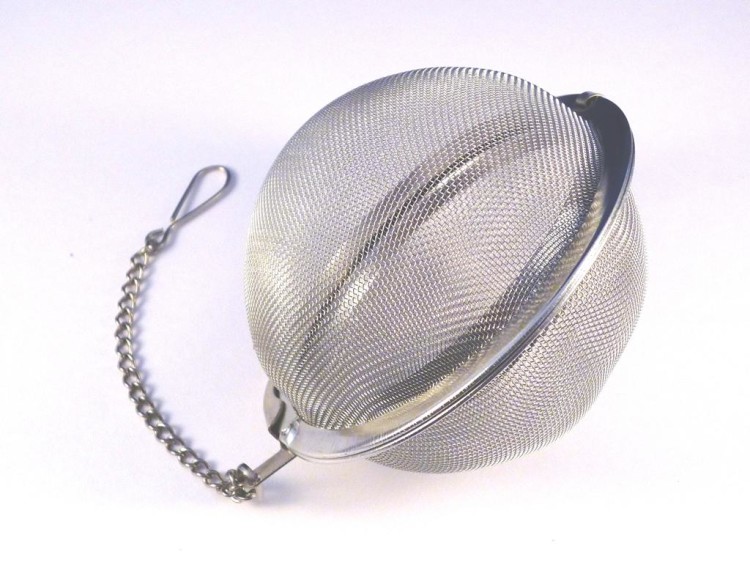
Every now and again a batch I brew doesn’t turn out quite as I hoped. Contrary to popular belief, most flaws in beer don’t occur during wort production, they occur during fermentation. When I brewed the Honey Blonde Ale for the Crossfit competition, I split ten gallons into two fermenters. One fermenter went into my temperature controlled mini-fridge, the other went into a water bath that I tried to keep around 65* using cold water and ice cubes. The five gallons from the mini-fridge turned out excellent, and that was the batch that I served at the Crossfit event. The five gallons from the water bath are another story.
Read More
If Pliny the Younger and 120 Minute had a baby…
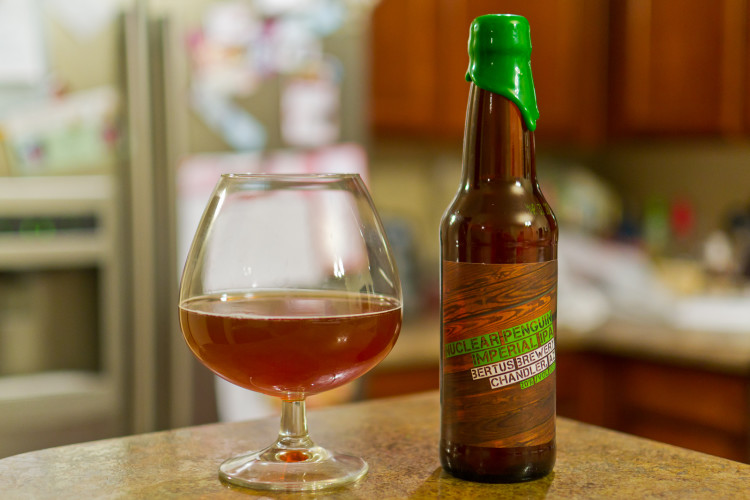
Last July I took on the monumental challenge of cloning Dogfish Head’s 120 Minute IPA. I documented the entire process here and it turned out really well. It tastes just like the older 20%+ ABV versions of 120 Minute. Mine topped out at 21.1% calculated ABV, but considering volatilization of alcohol, I called it 20% for good measure. I drank a few bottles, gave away a few bottles, and now have about 30 left that I’m going to stash away for a long time to mature.
Read More
Hop Haze? I say excuses…
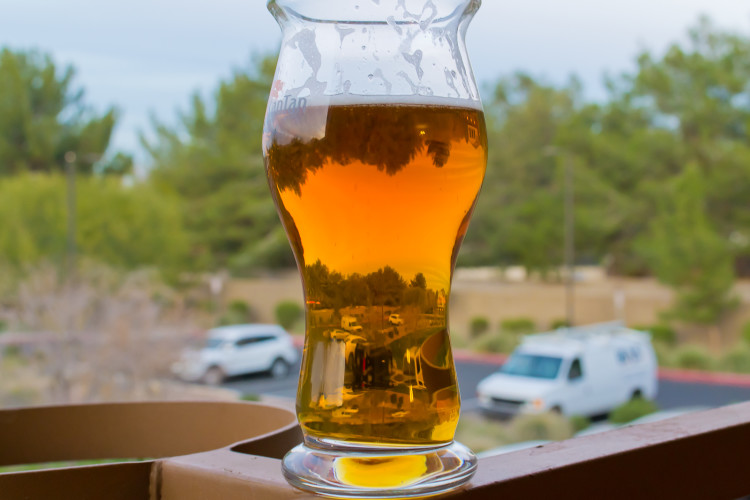
If you drink hoppy beers, I’m sure you’ve heard the term ‘hop haze’ before. There’s a notion that heavily hopped beers or dry-hopped beers will inherently have a hazy appearance due to the hop oils in suspension. I see it all the time on home-brew forums and beer websites; hell, even the BJCP states it’s acceptable. Personally, I call BS. I think hop haze is just another excuse to fall back on for hazy beer.
Read More
Choosing a House Yeast
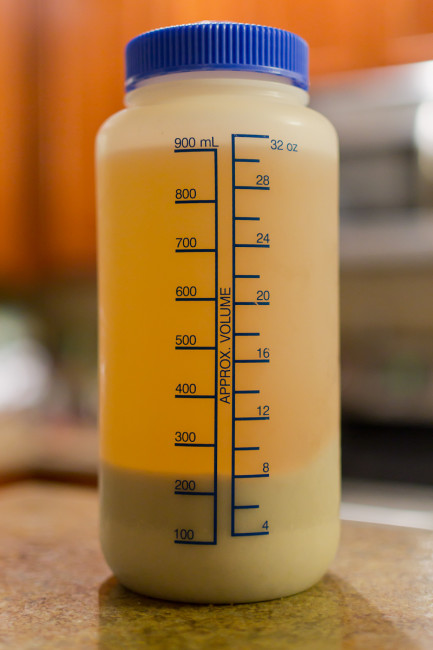
Over the past few months I’ve been inching closer and closer to using one yeast for most everything I brew. I fell in love with WLP007 early last year, and I’ve been looking for just about every excuse to use it since. I’ve used it for Blonde Ales, IPAs, Double IPAs, English Pales and American Pales. It has a very clean ester profile for an English strain, attenuates extremely well, and it flocculates like peanut butter. In the low 60* range it’s nice and clean, and in the upper 60* range it makes some nice esters. What’s not to like?
I had been using the chico strain for just about everything, but I’m finding that 007 gives beers a malty, softer edge than the sharp, bright flavors of chico. So I’m jumping in the deep end with 007. I washed the yeast from my Special Bitter, and then pitched it in the Honey Blonde. I’m going to re-pitch this culture for my next 6 batches (outlined here), and see how they turn out. This is a good mix of styles, and will serve as a good test to see if it 007 can replace chico as my go-to house yeast.
If you haven’t tried WLP007, I strongly encourage you to. It’s an excellent all around yeast.
Spent Barley Bread
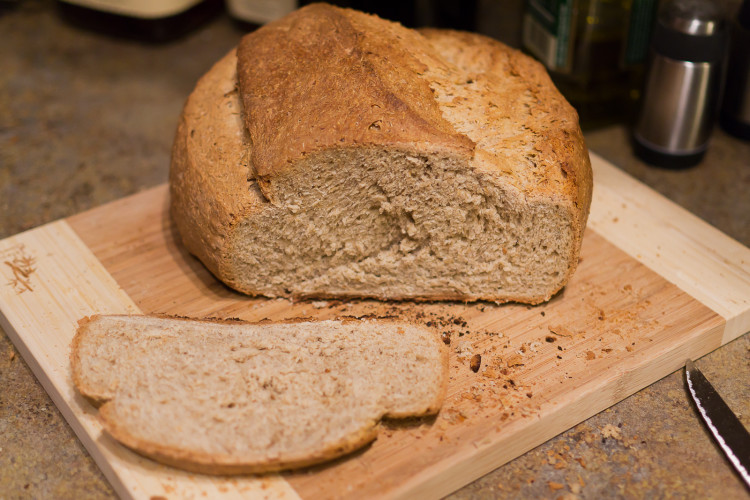
Like many other brewers I often stare at my mash tun wishing I had a useful way to utilize the spent grain that’s left over from brewing. It always seems like such a waste to throw away. Since I don’t have a farm or a compost bin, using the grain to bake bread seems like as good of an idea as any. The results were delicious, and there’s abosuletly nothing like the smell of fresh baked bread coming out of the oven.
Read More